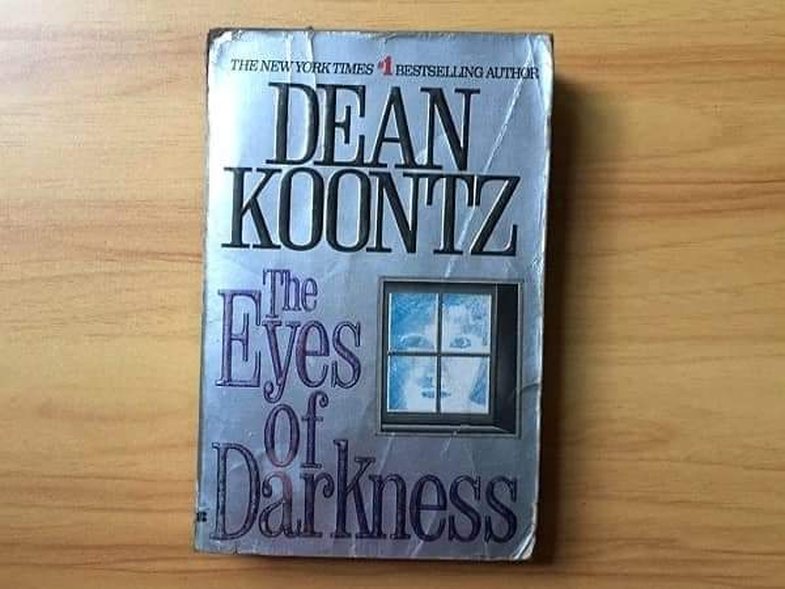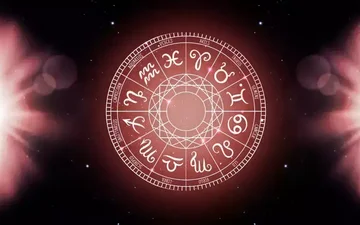
A number of people are posting on social media the suggestion that American author Dean Koonts predicted coronavirus in 1981. Posters with the cover of The Eyes of Darkness and a page where Koontz explains the coronavirus of his novel have been distributed over 39,000 times and have been reposted at least 2000 times.
The rumor started to spread because the book's virus is called "Wuhan-400." The page scattered everywhere has an underlined sentence that reads: "They call it 'Wuhan-400' because it was developed at the RDNA laboratories just outside the city of Wuhan and was the 400th human-made microorganism in the research center."
Other posts include a page mentioning the year 2020 and the spread of "a serious illness like pneumonia."
These allusions are partly false. It is true that Koontz wrote about a fictitious virus in his novel and that his name, "Wuhan-400" refers to the Chinese city where the 2019 coronavirus (COVID-19) originated, but the book's illness does not in common with real illness.
In the novel, Koontz describes the "Wuhan-400" as "China's most important and dangerous biological weapon." It also says the virus originated in a lab on the way out.
There is no evidence that the new coronavirus was created in a laboratory. The virus is believed to have originated in a market in Wuhan where wild animals were sold. Experts believe it passed from bats to humans through other species.
The symptoms of the book "Wuhan-400" differ markedly from the symptoms of COVID-19. In the novel, the virus has an incubation period of "four hours," while COVID-19 has an incubation period of 1-14 days. According to the World Health Organization, viruses usually have a five-day incubation time.
Koontz writes that the "Wuhan-400" kills 100% of those infected. "Who gets infected doesn't live longer than twenty-four hours. Most die within twelve hours, ?reads the book. COVID-19 kills 2% -4% of infected in Wuhan and 0.7% of infected outside Wuhan.
Even the symptoms of the fictitious virus from the real one are very different. In the novel, "Wuhan-400" causes the secretion of "a toxin that eats brain tissue" and causes loss of body control. "The victim ceases to have a pulse, functional organs or a desire to breathe," Koontz writes. Meanwhile, those infected with COVID-19 have a number of symptoms such as fever, cough, difficulty breathing, etc. In some cases it resembles a cold, in others it resembles pneumonia.
In the novel, "Wuhan-400" is labeled more "deadly than Ebola," but COVID-19 is actually less dangerous than Ebola.
It is noteworthy that in the first editions of "The Eyes of Darkness," in 1981, the fictitious virus was named after a Russian city (Gorki-400) and not after Wuhan in China. In the original version of the novel, the virus originated at the exit of Gorki and was supposed to be "the most important and most dangerous Soviet biological weapon."
According to the South China Morning Post, the name of the fictitious virus was changed in the 1989 reprint, towards the end of the Cold War.
Some posts posted on social media include a page that says, "By 2020, a serious illness like pneumonia will spread around the world that will target the lungs and bronchi and there will be no cure."
This site does not belong to "The Eyes of Darkness." The sentence was taken from the 2008 book End Of Days: Predictions and Prophecies about the End of the World by Sylvia Brown, an American author who believed she had foresight.
Source: Reuters





